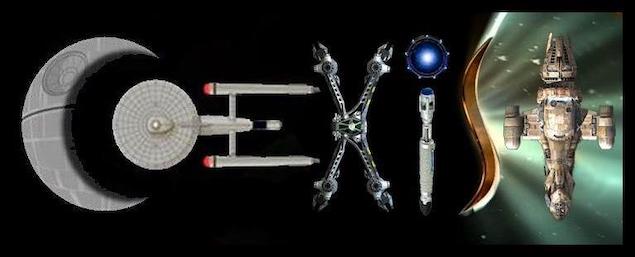 |
| DIS "There is a Tide..." |
What primarily defines "There is a Tide..." is a desire to flesh out Osyraa as a villain. She's come to UFP headquarters to negotiate entry into the Federation, in a seemingly genuine desire to pool resources and in the spirit of compromise. Through the scientist character Aurellio (played by frequent Discovery guest star Kenneth Mitchell), we are invited to understand why a rational person would follow Osyraa.
By way of contrast, everything Burnham does in the episode is siloed off from these complications introduced to Osyraa, so it's quite a "by any means necessary" situation for Burnham (including forcing Stamets off the ship to take the spore drive out of the equation. This invocation of high drama and character conflict is half-successful; it works on the performance side, but doesn't quite pop on the story side). Indeed, even Aurellio is forced to face the unsavory ruthlessness that is undeniable in his boss.
Negotiations between Osyraa and Admiral Vance break down when her assumed immunity from criminal prosecution is off the table, and from the look of the next time trailer, Osyraa's wrath seems to regress her from the overtures she made in this episode. She claims to represent the interest of her people, but baulks when her own interests are put into perspective. The overall picture of this character arc lacks a clear hook or throughline. While Osyraa can appear forthright and rational, she's essentially doing all this with a gun to our main characters' heads. Her past crimes, and those on her watch, speak for themselves.
While the episode tries to introduce more shades of grey to the green Osyraa, it checks off the truly hissable villain box by bringing back Zareh, last seen in "Far from Home". The bridge crew is held hostage in the ready room, but pro tip: maybe assign more than two guards to the only prisoners you've got. At episode's end, the Sphere data from Discovery's computers, which has apparently migrated to the repair robots, offers its services to Captain Tilly. "There is a Tide..." splits its time between retaking-the-ship action (more of which is promised in the finale) and the refracted Osyraa/Emerald Chain characterization. The episode sets out to make the season's main villain more than a space pirate, which only partially comes to fruition. 6/10.
Stray observation:
- One of Trek's old hack moves was always to compare something to an exotic alien animal, like for instance, "That drink had more kick than an Aldebaran bandicoot!" Admiral Vance pulls out, "like an Altarian spider". That type of line used to be so common in 90s Star Trek, and now it's kind of comforting to hear.
























